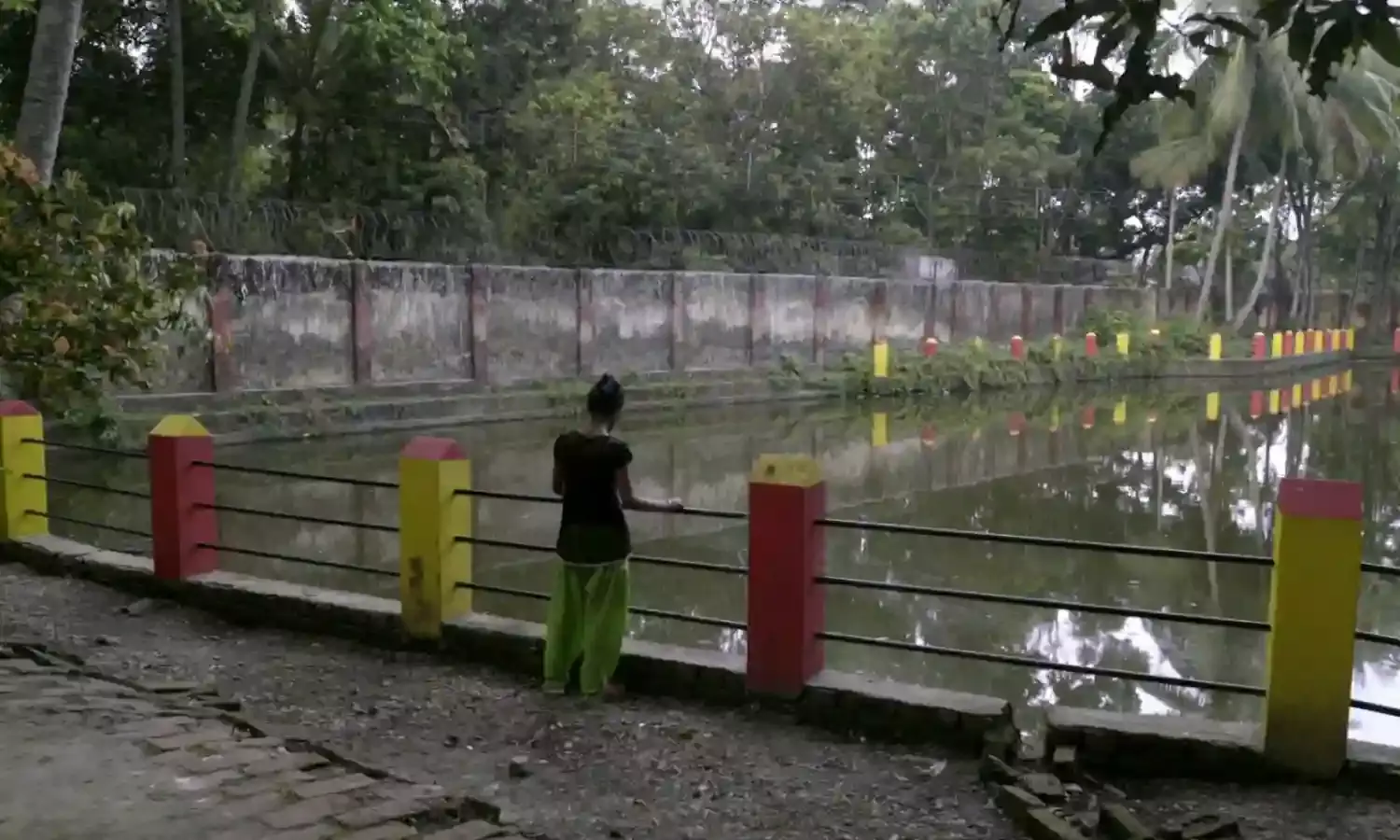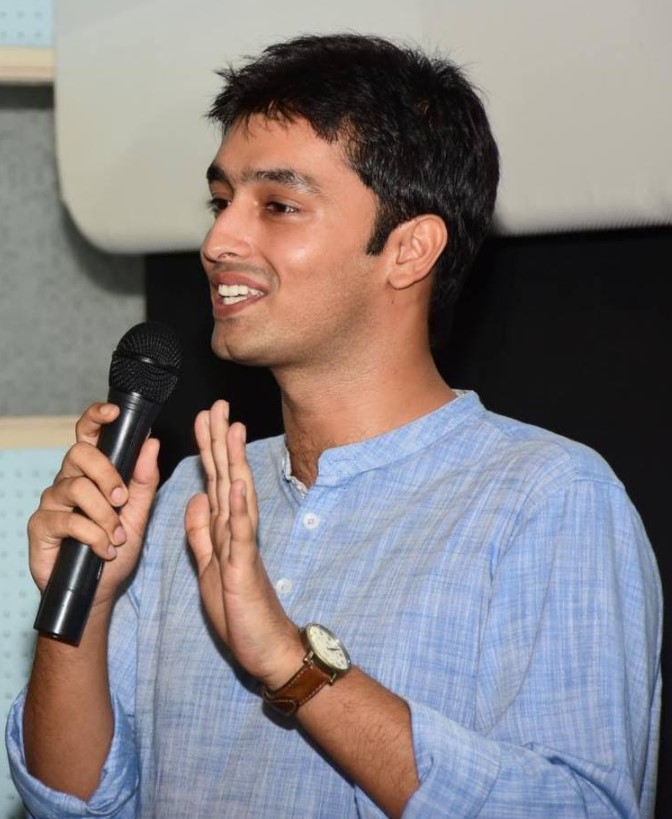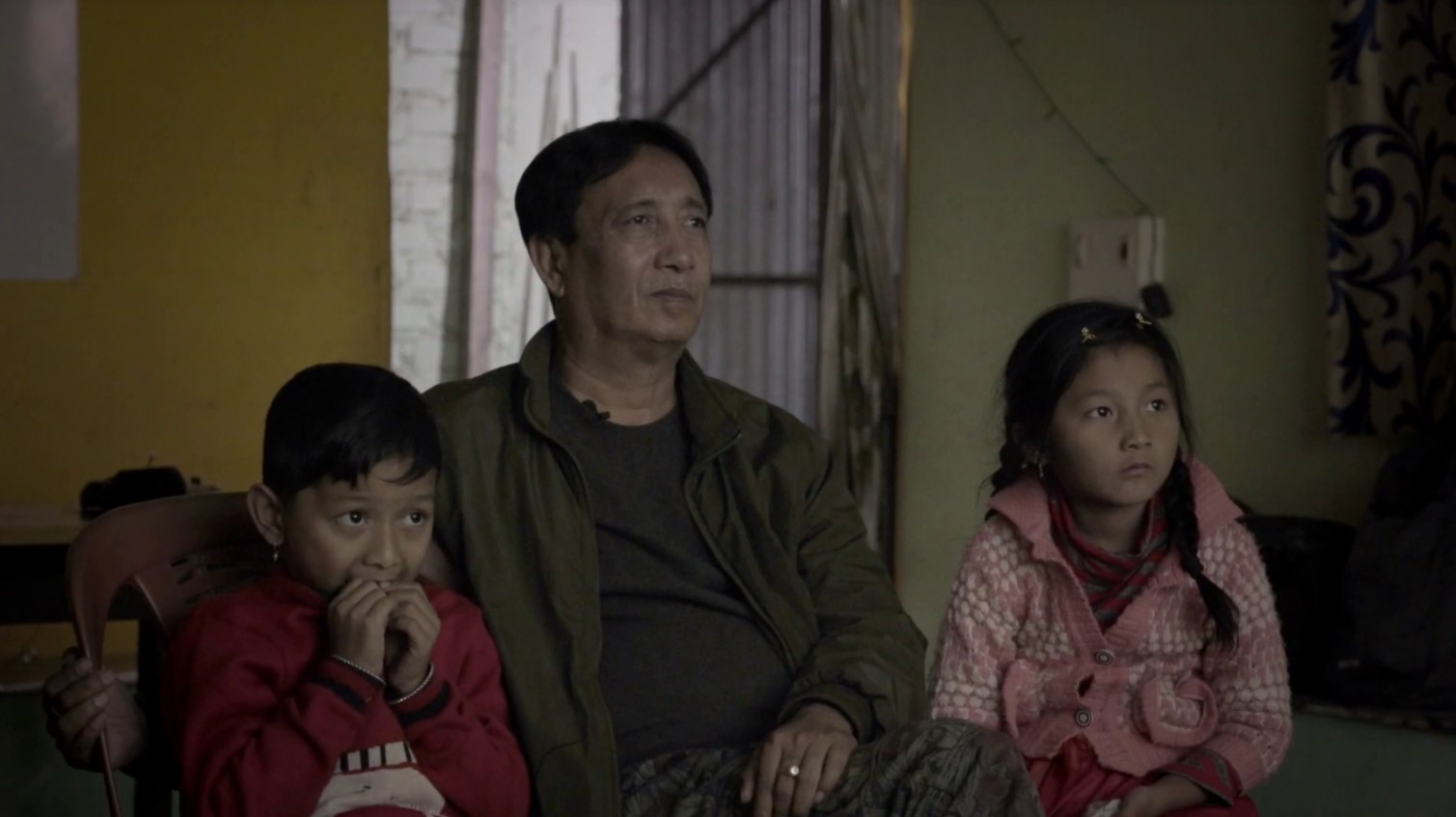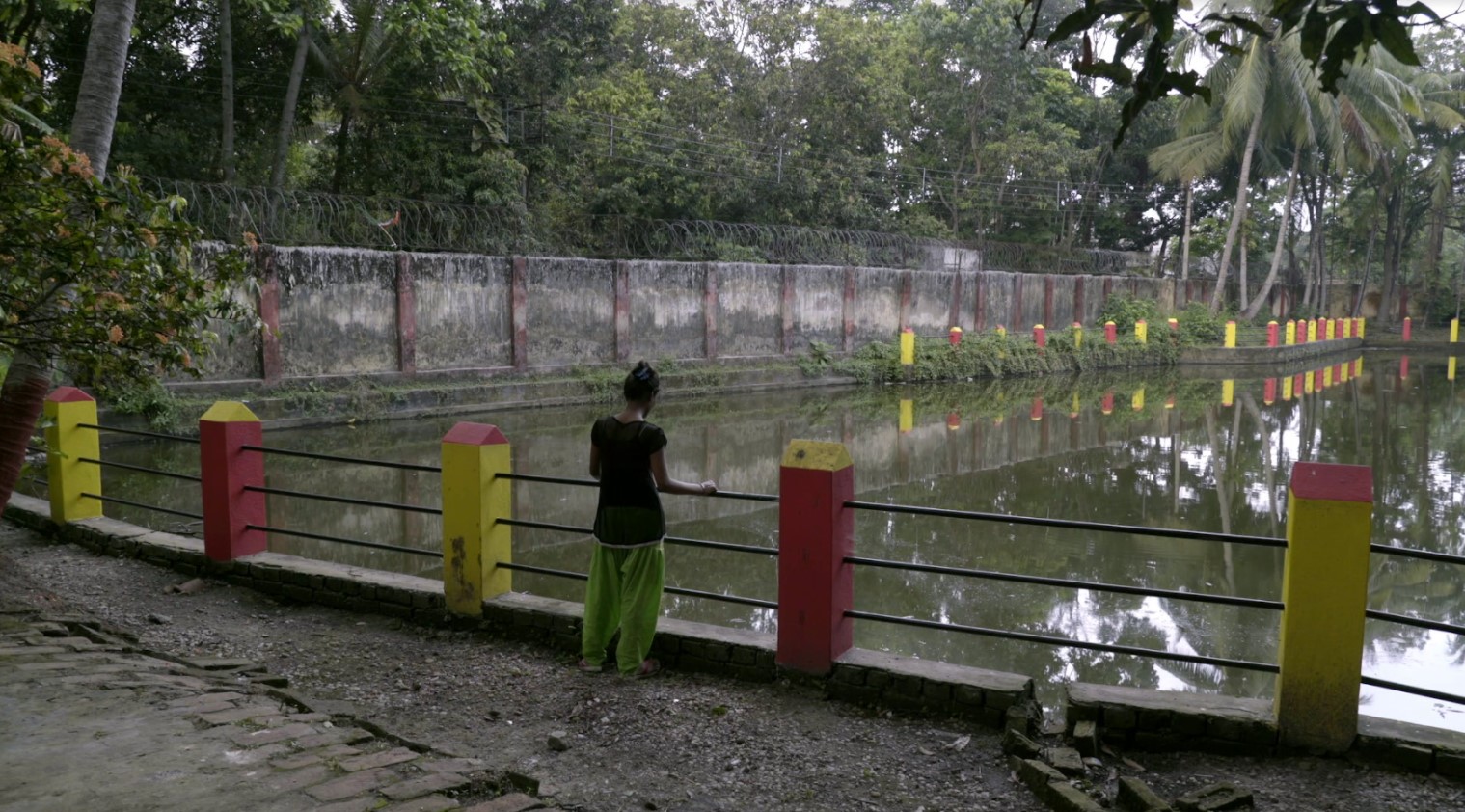Why Borderlands - Unique Perspective From Samarth Mahajan
Interview

Samarth Majajan’s 67-minute documentary Borderlands unfolds through the lives of four people spread across the film, living away from their native lands and trying to eke out a bare livelihood and adjust to the changed paradigms of their lives.
The film is an in-depth journey of the director and his entire team through these borderlands and have made it a film not about places or spaces but about the people involved in this displacement which they did not desire but no one was asking!
The film is produced by All Things Small and Camera and Shorts. It features five languages, and six locations — Imphal, Nargaon, Kolkata, Birgunj, Dinanagar and Jodhpur. The young director talks at length about this film which is busy rushing from one film festival to another.
Q.Why the name BORDERLANDS?
A.“Borderlands” is used to imply any space where we can see the impact of a border prominently. In that sense, the word conveys both a reality and a metaphor – so, half the characters live near borders, and the rest are in other spaces. Someone like Deepa (combating patriarchy in a Pakistani migrant colony) or Noor (a trafficked girl then confined in a Shelter Home while awaiting repatriation after rescue) are inherently residing in a “borderland”, even if they are not living literally next to a border.
While our politicians and mainstream media have us imagine army and terrorists at the utterance of “border”, the idea here was to reclaim the word and populate its image with everyday people. This was important to me as the former image is often used to divert attention from the more pressing issues faced by common people in the nation. The word “land” was important because that’s where people reside. A “Border” is merely a line, but a “land” is a space filled with social actors.
Q.Since you have explored this subject in great detail, in what ways do you think the recent rule passed by the Central Government, permitting the BSF to enter into the border territory to a larger extent than the existing rules allow, will affect people like the ones you have featured in your film?
A.With the kind of diverse characters in the film, the impact of such a ruling can vary depending on contexts. People like Surjakanta, who are expressing a subaltern opinion through their work, can become targets for harassment and may end up becoming more alienated from the nation, but someone like my mother may find the BSF presence reassuring, as she has seen her hometown go through a violent attack. She might even be ready to give up on some civil liberties to ensure familial security.
Allowing a paramilitary force in an area comes with challenges for civilians. Free movement and life in general can become psychologically more challenging when you see gun-toting men in your area - more so imagining they can stop you for an informal inquiry without giving a reason. I personally feel such a ruling will create more suspicion of our neighbouring countries in people’s minds and will be used to stifle dissent in the states of Punjab and West Bengal that are anti-establishment right now.
Q.How long did it take for you from conception of the idea till the film readied for censorship?
A.The idea was conceived around June 2016, dedicated work on the film started in July 2018, and it went for censorship in December 2020, where we received a U with no cuts. It took about three-and-a- half years from idea to execution.

Q.You have shot with real, live people and not with actors. How did you prepare them to face the camera?
A.We first met our potential characters without any camera or equipment to explain our intentions and get their consent. This brought a certain comfort level between the characters and the crew before the shoot. For the interviews, we identified spaces in their immediate surroundings, and usually spaces where they were already used to sitting, so that they didn’t feel awkward while talking to us. We would follow their daily routine and notice patterns to plan our shots. We rarely asked them to do something for the camera. We also had a system where they could tell if something was making them comfortable, or if they wanted us to stop shooting for the day. In rare cases, we had to direct them to be more authentic to their own reality, for example Rekha (my mother) applied makeup before the first interview because she saw filming as a special activity - so I requested her to remove it as I felt it would look inauthentic.
Q.What kind of hurdles did you face from the locals, from your amateur actors, from official bodies, if any?
A.We figured out a process which helped us gain access in most of the locations, after we’d approached a sufficient number of people. We ensured we met our potential characters without any equipment and laid out the norms before starting to shoot - that we were not from a news channel, we were not going to live-stream our conversations, and that we were not interested in sensationalizing their stories. We’d also sometimes show them bits of our past work to convey our approach.
A big challenge was that we realized we will never get written permission to shoot near borders from the Ministry of Home Affairs, which overlooks the Border Security Force and Sashastra Seema Bal. After umpteen trips to the Delhi office, and follow up calls, we decided to take a more informal local approach. So we did a lot of “jugaad” to either get permissions on a local level, or found guerilla ways of shooting a few sequences, and in the more unfortunate cases skipped some potential stories.

Q.Your team has engaged in extensive field research. In what way has the process of making the film enriched you firstly, as a human being and secondly as a filmmaker?
A.Doing this film has made me a more hopeful person. Throughout my encounters for the film, while we were scouting for themes and characters, I was awe-inspired by how life went on in the strangest of situations. The whole process was enriching because every story presented its own challenges. Like for Noor, we had d to make sure the story looks cinematic even if we cannot show her face; for Dhauli, from Bangladesh who lived right next to a fence we wanted to explore the story more spatially; for Rekha, my mother, the challenge was more emotional - to overcome my own inhibitions about opening up with my mother.
Before we shot with Dhauli during Milan Bazaar, I imagined the event would be a sobfest of separated families. Then I saw the grace with which Dhauli met her family, the gift-exchange and the gentle smile she carried to cherish the one day she gets to see them in the whole year. That made me reflect on how people find reasons to be happy in spite of the absurd constraints politics and life create for them. As a filmmaker, this was the first time I was shooting with people for more than a day or two. It made me realise the importance of building relationships with not only our characters but also the community around them. We shot across so many locations, and with such a variety of themes and people, it seems I have first made 10 short films in order to make one feature film.
Q.When you look at the film now, what is your reaction?
A.For me, this film was a distant dream for a long time. I had the idea in 2016, but the scale and budget seemed unrealistic. So, while I would badger on and on about wanting to make the film, I had this internal fear that maybe I would never be able to make it. When I watch it now, I reflect on those times. I am almost amazed that I was able to make it! This, and the characters’ journeys, usually leave me with an inspired spirit. But I must also admit that after watching the film 20-25 times, it becomes a distant entity for a filmmaker, as a viewing experience. So, the thrill for me now is when people react to it, when audiences watch it.




